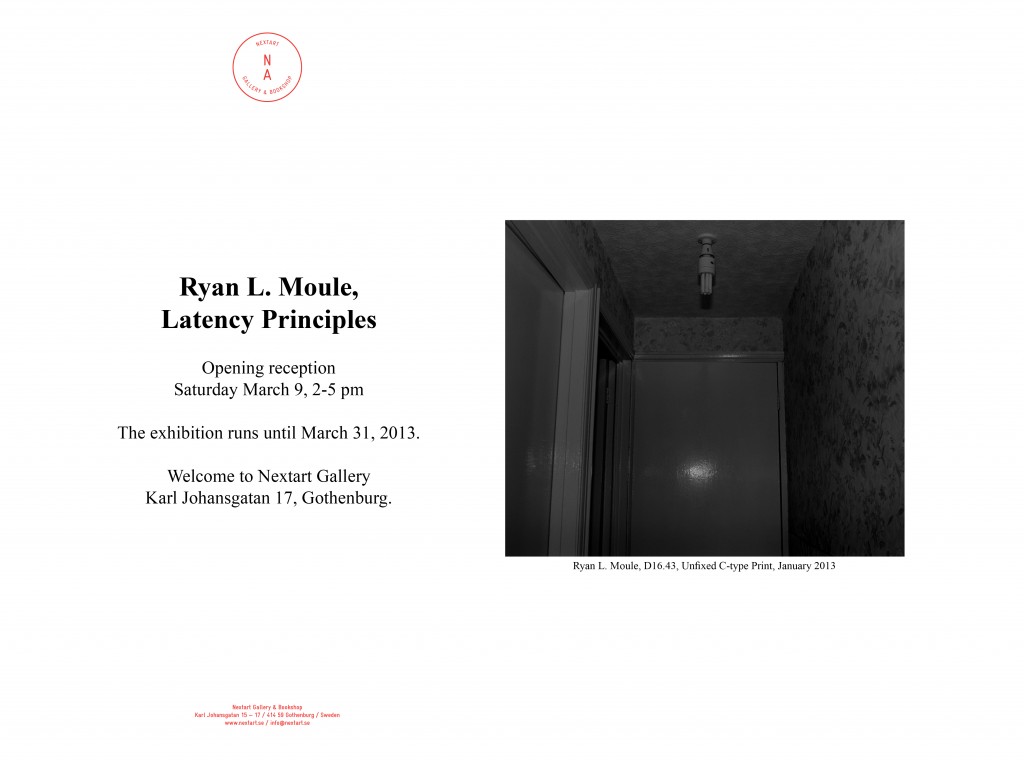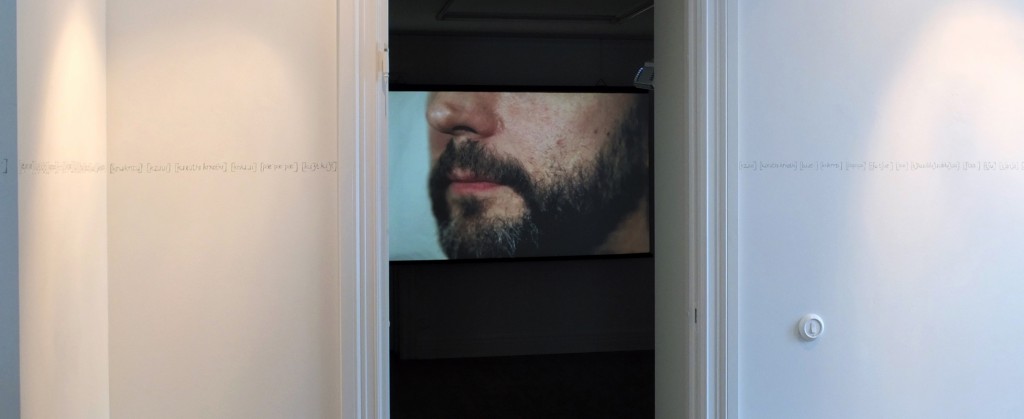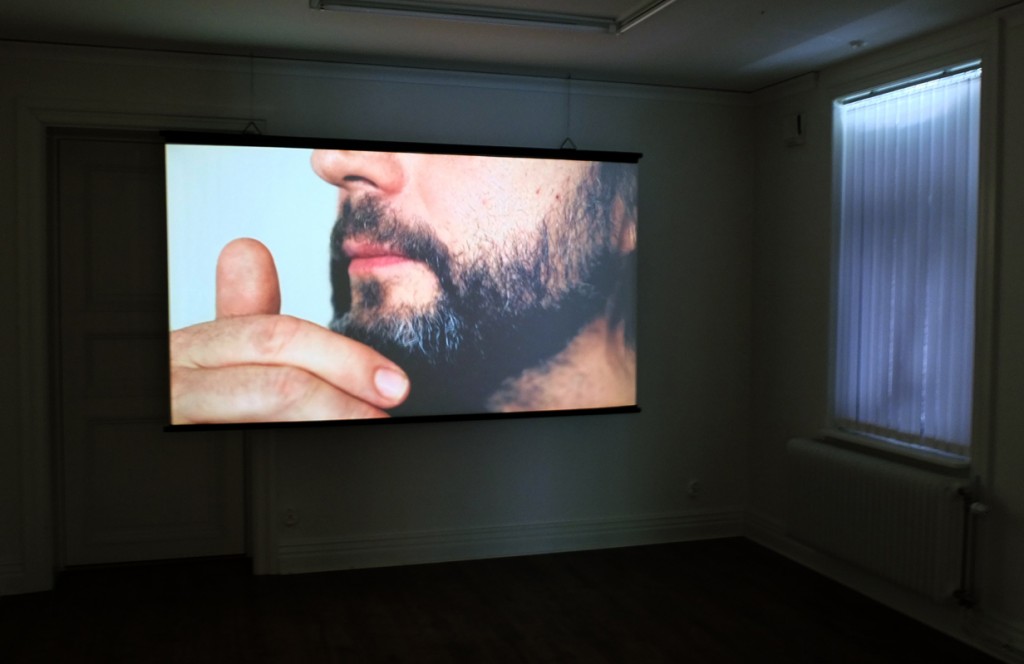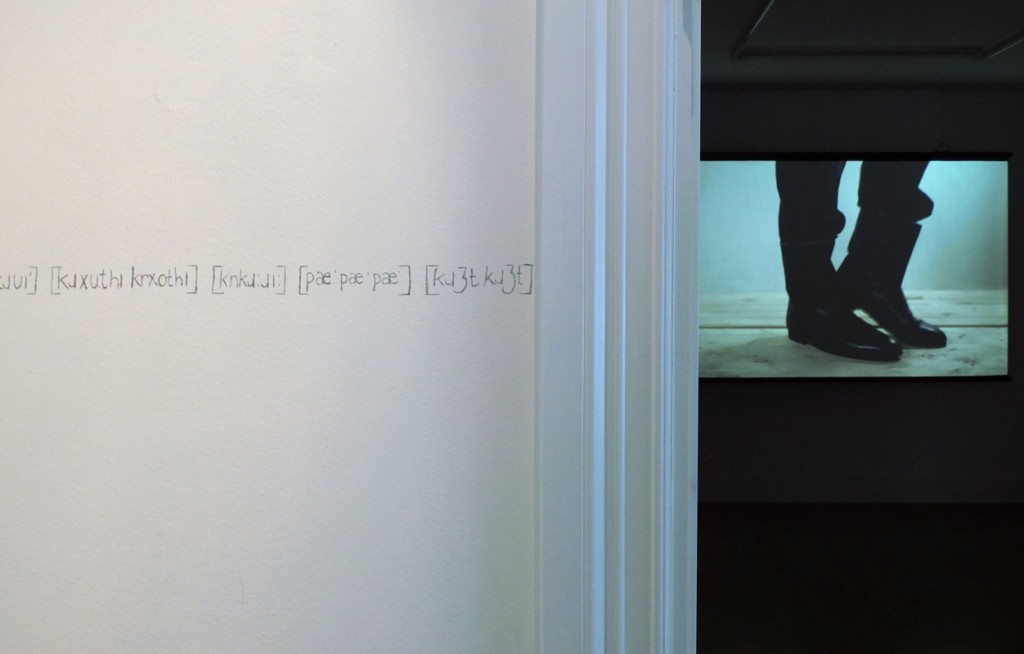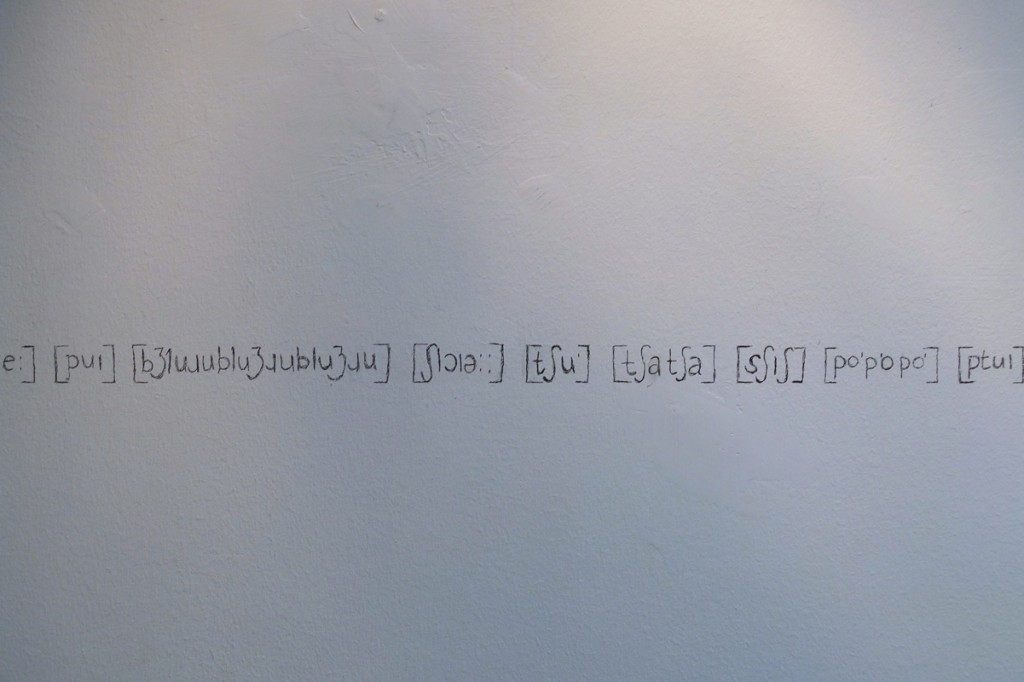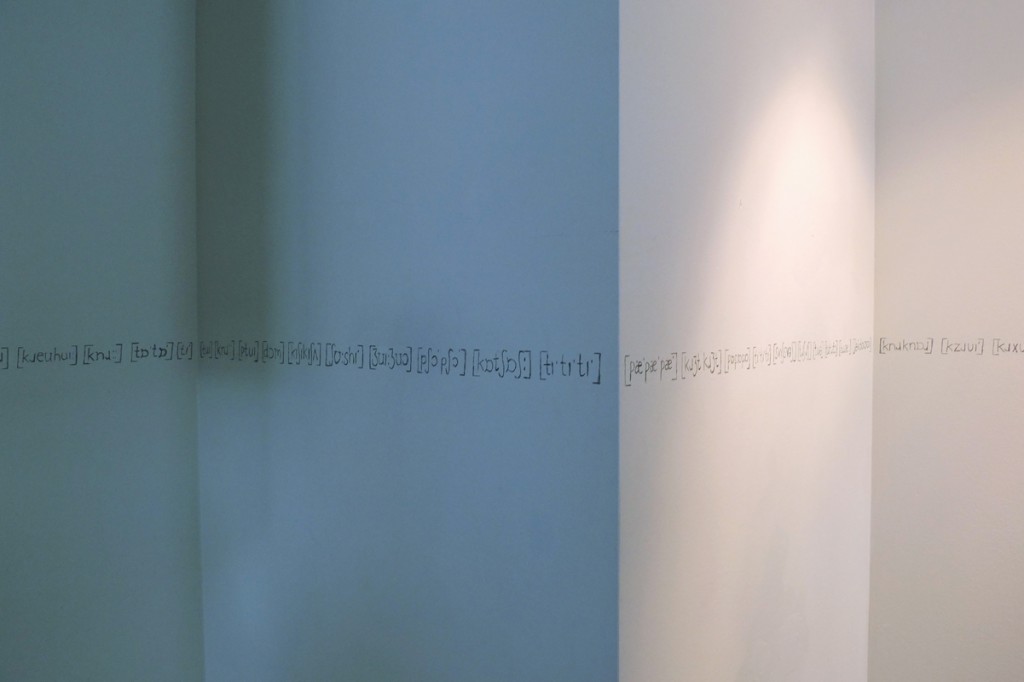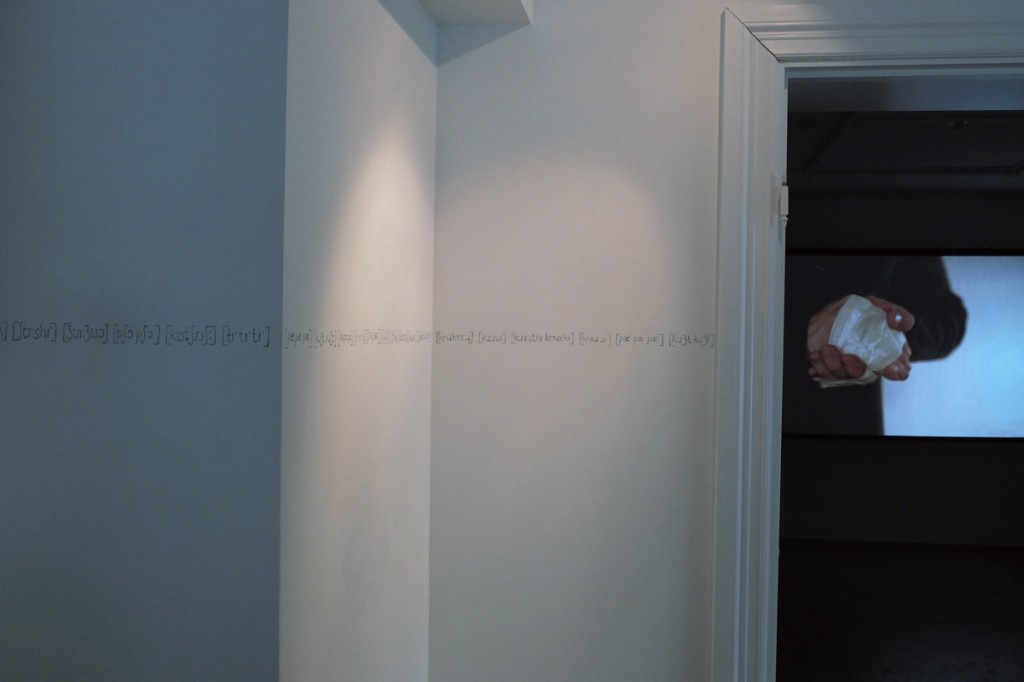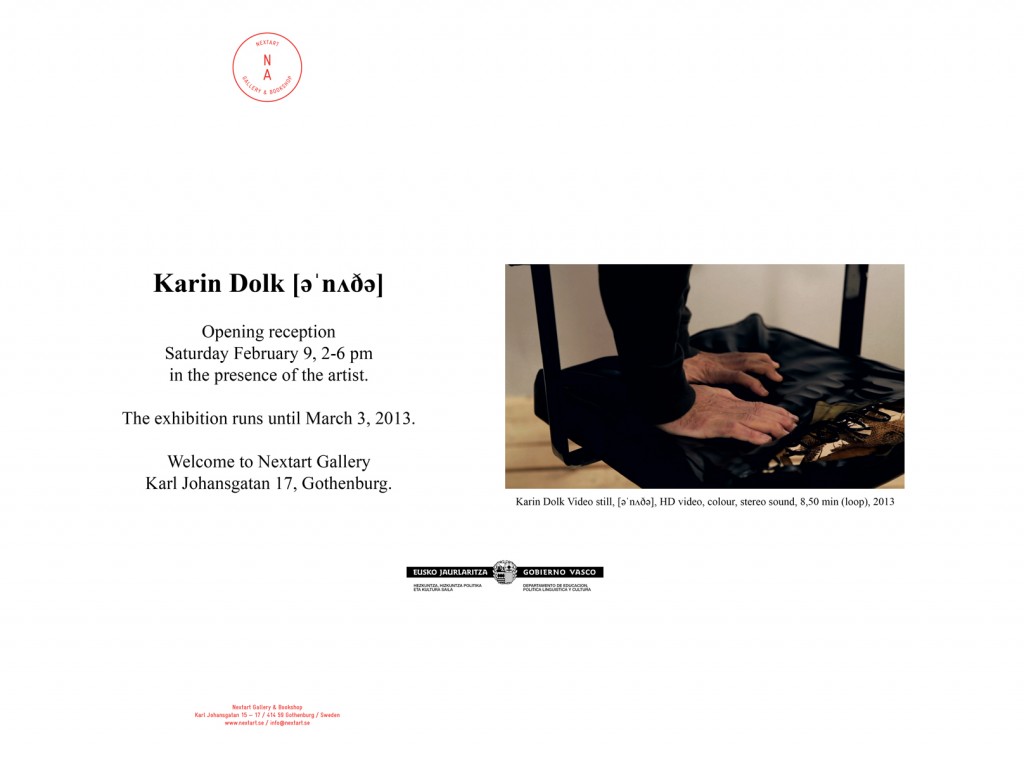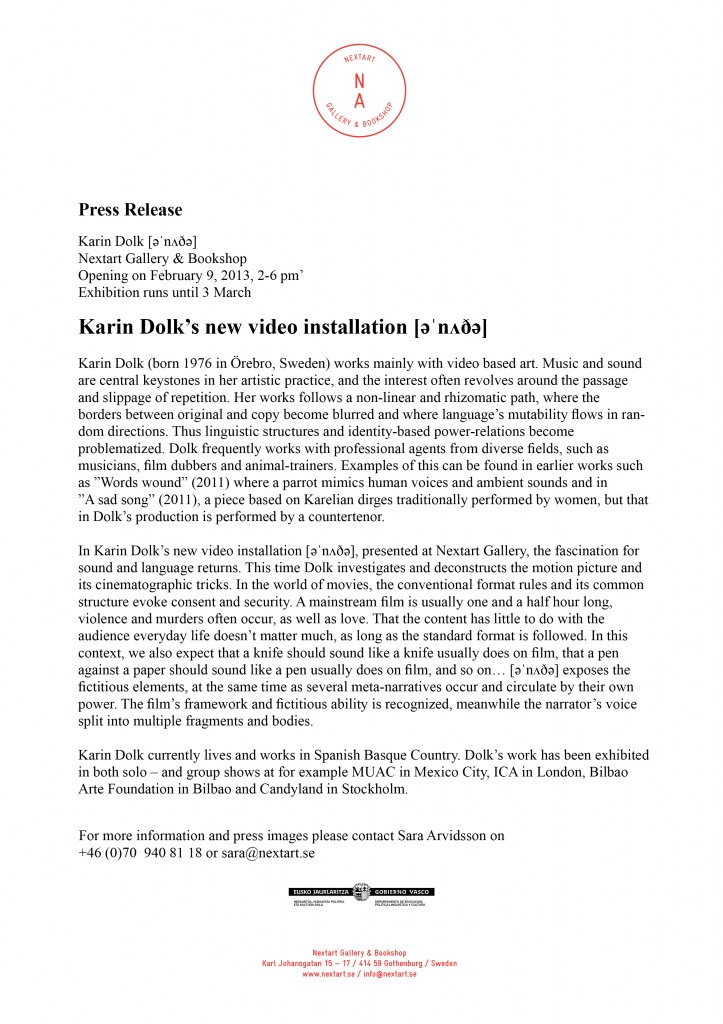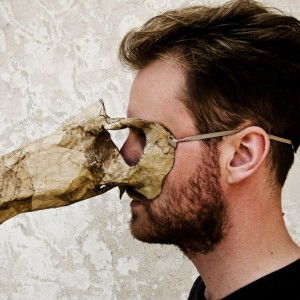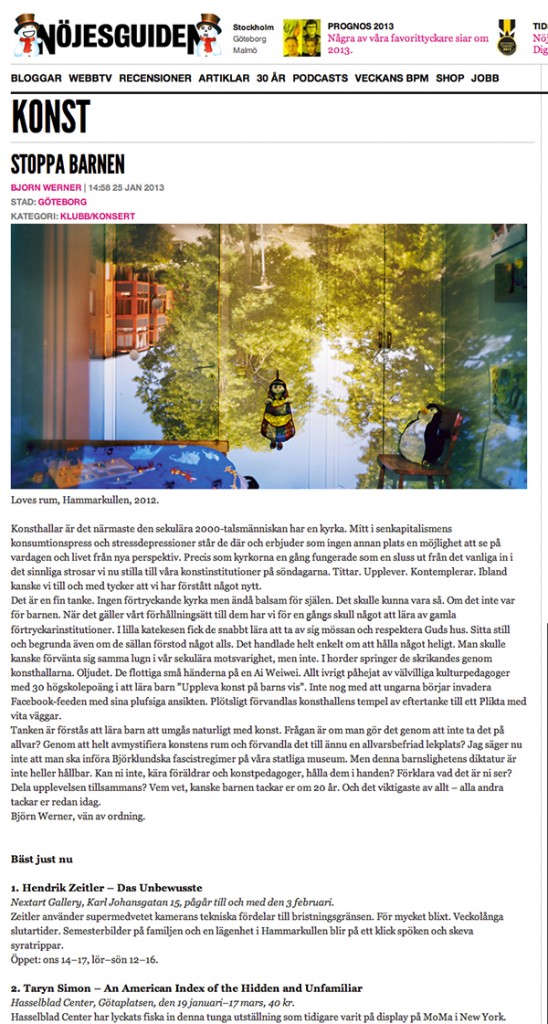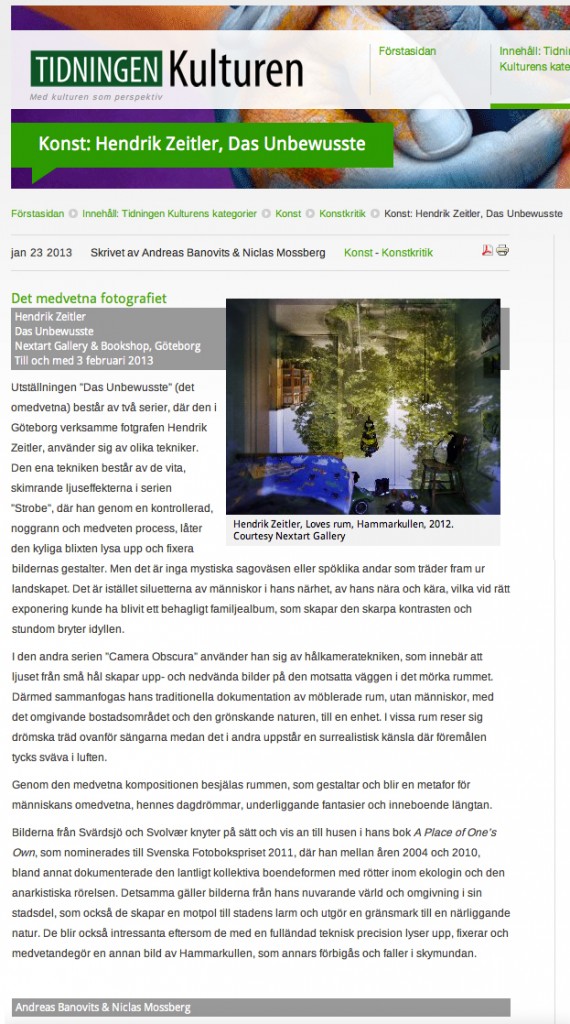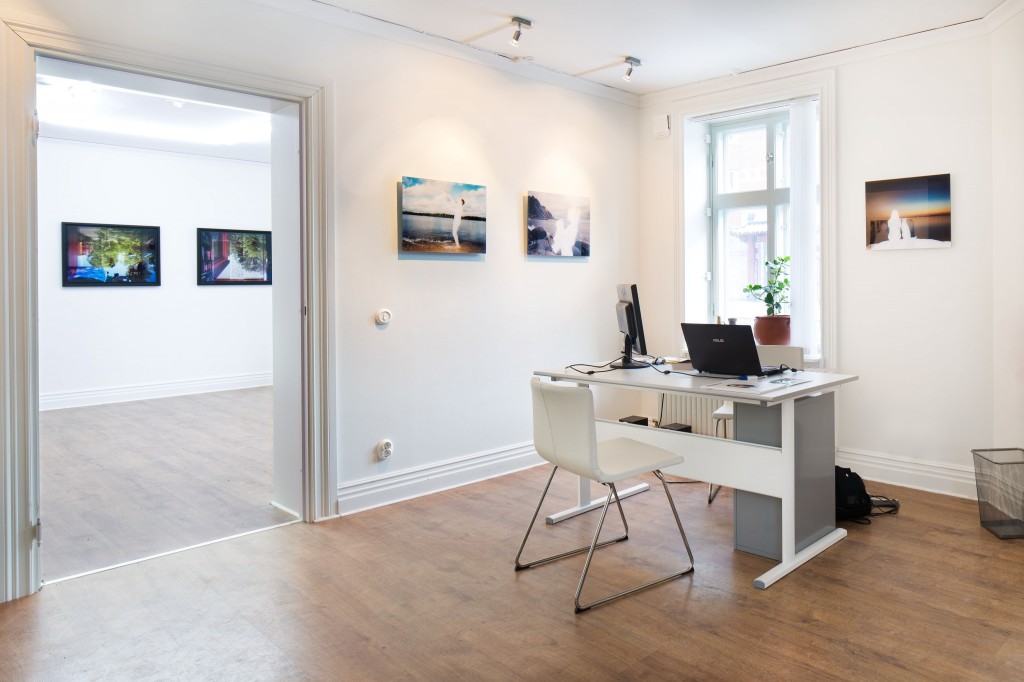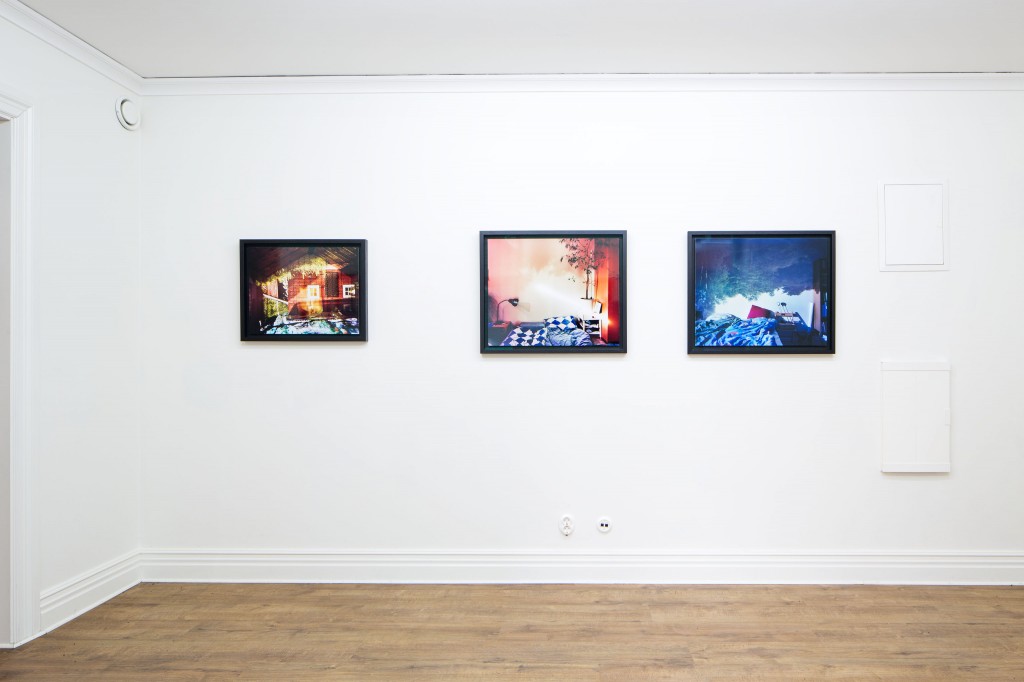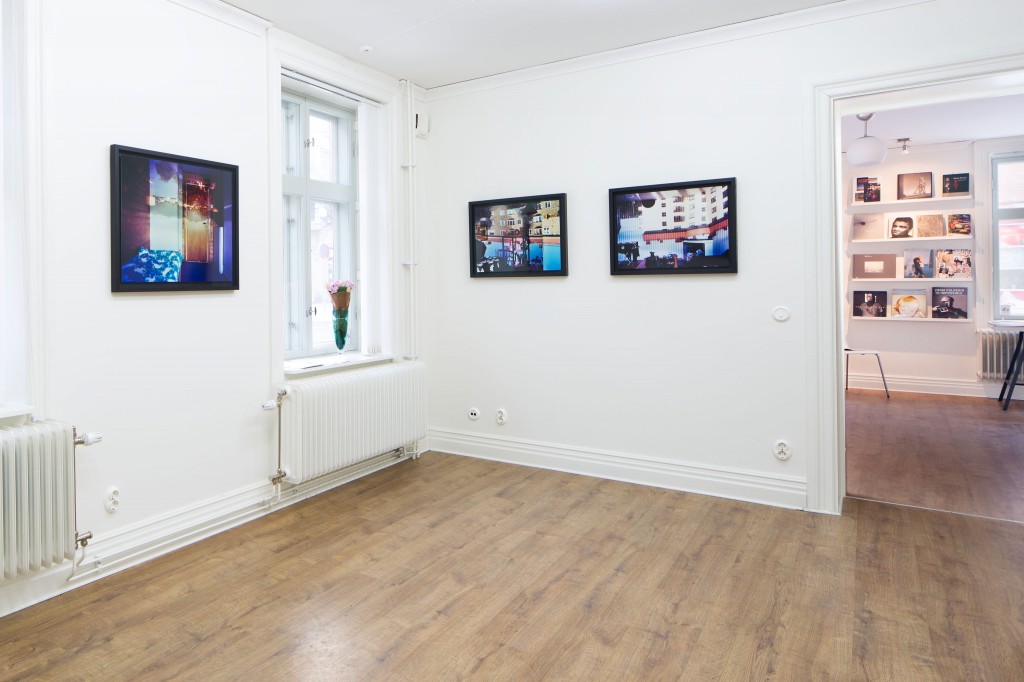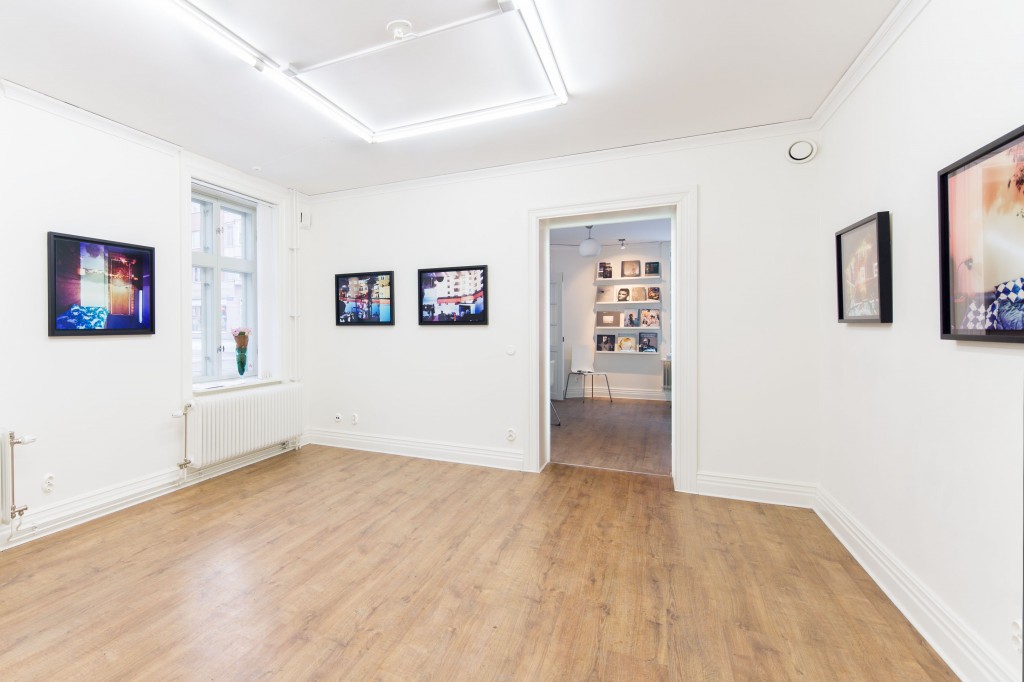
|
|
|

|
|
Interview with Karin Dolk Your works often incorporate sound and language. When did this interest start? And how has this affected your daily life? My work deals with certain aspects of language as a means of examining identity and social representation. I work mainly with video and sound because I’m interested in its relationship to time and performativity, and often find sound more suggestive than image, more difficult to pin down. Music has always been very important to me, but I pay more and more attention to all kinds of everyday sounds: cultural sound, language sound, non-verbal sound, subtle sound, noise… In your video pieces “A sad song” and “Words wound” repetition is a common theme. Which are your philosophical thoughts on this subject matter? Repetition implies the impossibility of repetition. What seems the same always contains a difference, a variation. However, patterns and roles in society tend to be repeated ad infinitum. I’m concerned with examining the structural and social components of repetition. The parrot in “Words wound” repeats some words learned by rote, but most of his speech are phrases, words and sounds that create a – not always flattering – portrait of his surroundings, and in some way empower him. The repetition in “A sad song” is related to the musical structure of Karelian laments, as well as to ideas of resilience and contemplation. Tell us a bit about “[əˈnʌðə]” that is presented at Nextart Gallery at the moment. “[əˈnʌðə]” is a silent sound film, a script made solely for Foley – the sound effects produced live by a Foley artist in the post-production of movies. The project originated from a previous project I made about film dubbing. As many of my other works, it’s related to ideas of translation, de-contextualization and meta fiction. The sound in the film suggests several possible film stories that could exist somewhere. However, when looking at the actual action in the film, another story appears. The title, as well as the accompanying phonetic sound script on the walls, is connected both to the idea of sound in language and the insufficiency of language – and in a way again to a meta layer, due of the impossibility of translating a real sound to onomatopoeia and then to writing. The title also refers to being one more/different in relation to the possible “original” films and the one/fragmented body of the person that dub all the sounds and characters. Does [əˈnʌðə] differ from your earlier work? And if yes – how? “[əˈnʌðə]” connects in many ways with my earlier work. However, it’s the first time I’ve written and worked with a script, particularly a real “sound script”. I also feel it has a very clear connection to Scandinavian cinema: the materials, objects, the mise en scène…
|

|
|
|

|
|
|

|
|
|

|
|
|

|
|
|

|
|
Interview with Hendrik Zeitler Your works are often mirroring alternative lifestyles, sometimes the photographs may even work as eye-openers. I’m thinking of “A Place of One’s Own”, but I’m particularly thinking of “The Chosen One’s, where cows have been photographed shortly before slaughter. Is this something you’ve thought about – that you, with your art, have an ambition to change the society and its injustices – or are these works rather a natural result of your own lifestyle and your own decisions? So shortly before slaughter aren’t those cows in “The Chosen One’s – they are mostly dairy cows that may live a few years. But they don’t get their twenty years that they could have, although they get a longer life time than those bred for slaughter (and dairy cows’ male calves), who only live one year. I never thought about publishing or showing the images in the “A Place of One’s Own”-series at first, besides to those who were living in the houses. The same applies for many other series, which I initially think is interesting. I test the works and “refine” them all the time, without any thought of a potential audience. Sure, the images reflect my political stance and my interests, but art is still such a narrow field that I don’t have high hopes that my pictures could be so cataclysmic. Is it important with empathy in photography? And above all – can compassion be hard to reach through the many times so objectifying and distancing camera? Empathy is probably an important ingredient in photography, but in the way that photography becomes more honest if there is a genuine interest; when the pictures aren’t just a result of mercantile interests, sensationalism or are produced under time pressure. I think that if you have good faith and are focusing on a subject in dept, over a longer time, photography becomes a great tool to show empathy. Can you tell us some more about the works you are presenting at Nextart Gallery at the moment? The works on Nextart mostly consists of images that are assembled according to a specific technology, which is a rather unusual approach. Both the overexposed flash portraits and the pinhole camera pictures derive from my fascination with the analog photo, its optical rules and the process of working with the photo negative. Several of the pinhole camera images have also become a very suitable part of my previous images of Hammarkullen, which in many ways deals with the mixture between city and nature. The flash images have not yet been mixed with any other series – and still it’s very few of my other images that show people. Did anything peculiar or unexpected happen in the “Camera Obscura”-pictures? Did they surprise you? The picture with the light spot that moved over the wall for three hours was the first image where I found a faint structure from the trees at the wall. And then everything went so well (while the exposure time became terribly long). The clear and colorful images that appeared on the wall surprised me quite a bit. Every time I prepare a room, new aspects appear to surprise me. When the eyes have got used to it, it is fascinating to see people walk over the roof, while new sounds, both from indoors and outdoors, gets mixed up. It’s really like being inside a camera.
|
© 2014 Nextart Gallery & Editions / Contact us
